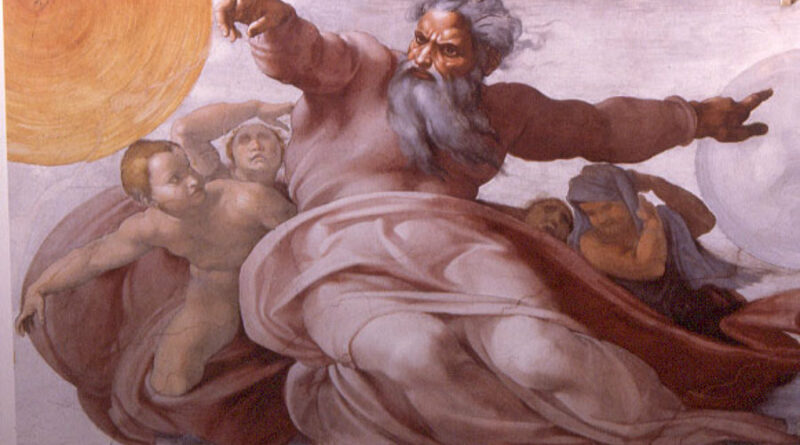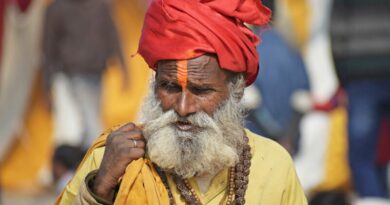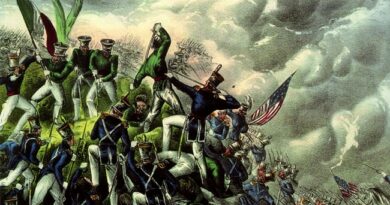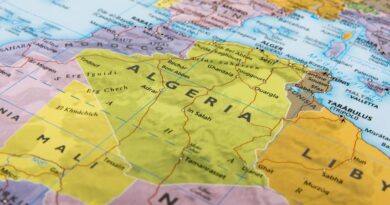Hesiod’s Theogony Interpretation
Hesiod’s Theogony is mainly about the birth of the gods and the universe. The main purpose of the myth seems to be the creation of the universe and the origin of men from the gods thereof. The development of “order” from “chaos” brings about the cosmic birth. In Hesiod’s time it seems that there was very little distinction between real life and myths (McClure & Leonard 63). This is exemplified by the elements of the universe such as the earth and sky, which were synonymous with gods-Ouranos (sky) and Gaia (earth). This symbolizes that man’s origin as well as that of the gods lied in mother-nature that bore all creation. The duality of nature is reflected in the cosmic birth as well as among the gods and nature itself. The primal source is chaos and this symbolizes that despite the duality the source of all life, gods and nature is one (McClure & Leonard 63). The duality is seen in the sky and its opposite, which is the earth. This duality in nature is also reflected among the gods (both male and female) and the birth of day and night by the juxtapositioning of the two ends of the duality. This element shows that there is polarity in nature as exemplified by male and female gods, the sky and the earth, night and day as well as bad and good-depicted by the evil male gods such as Ouranus and Kronos.
In the initial birth of the universe Gaia did not require male forces to give birth to the world domain consisting of the sky, sea and mountains. It is after mating with Ouranus the male sky force that the division in nature arises, and instead of life sustaining births Ouranus stuffs his children back into the earth-‘Tartarus’-which is the source of life (McClure & Leonard 63). The division that arises from the union of Ouranus and Gaia exemplifies the unions in nature and divisions that lead to life producing force that sustains birth even among men. In this example, man is portrayed as being part of the creation of the gods as well as a partaker in the creation process through reproduction, which first happened among the gods.
The division brings about better definition of nature and beings as more variety, complexity and diversity develop from divisions and thus showing how the divisions from the primal led to the development of the diversity in creation. Therefore, the order of the universe emerged from separations (sky and earth) and unions (male and female) to create order (McClure & Leonard 64).
In spite of being within the order of the universe, the gods displayed a lot of disorder. Perhaps this happens to show the chaotic nature of the primordial sources of life-‘chaos’ which required an order developing creative force. The whole creation process emerges as a creative consolidation of powers and struggles between powers that are negative and positive and between male forces that seem very malevolent against their female counterparts and off springs. The struggle between the male forces against the female forces as seen between Ouranus and Gaia as well as Kronos and Rhea portray the male aspect as being the dominant force subordinated by the female forces and their off springs (McClure & Leonard 65). It is a clear portrayal of the paternalistic nature of society and the caring nature of the female gender and forces which are creative rebirth forces.
In conclusion, the whole myth is about the cosmic birth of the universe, gods and man. It also shows the origin of man, his place in nature and the creative role that he holds in nature. The myth shows that the Greek society was paternalistic in nature because male forces in nature are portrayed as being stronger and assertive in relations where they dominate their female counterparts and off springs. Apart from being stronger and assertive it portrays the male gender as one characterized by violence and the urge to dominate. This is exemplified by Ouranus and Kronos that all swallow up their children so as not to have them dominate them in the future (McClure & Leonard 65). On the other hand, the female gender is portrayed as being weaker, caring and the live force behind the development of creative rebirth on earth, thus a more life caring gender than the male. However, the separations and unions among the two show that there is a need for duality to exist so as to have the creative forces manifestation. The extensive mention of gods and the existence of an extensive tree line of Gods show that the Greek society was also religious in nature.
Works Cited
McClure, Michael & Leonard, A. Scott, Myth and knowing: an introduction to world mythology, New York: McGraw-Hill, 2004, Print




